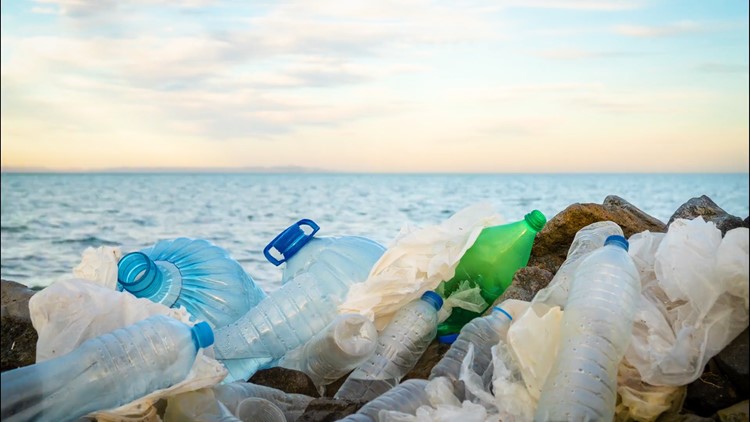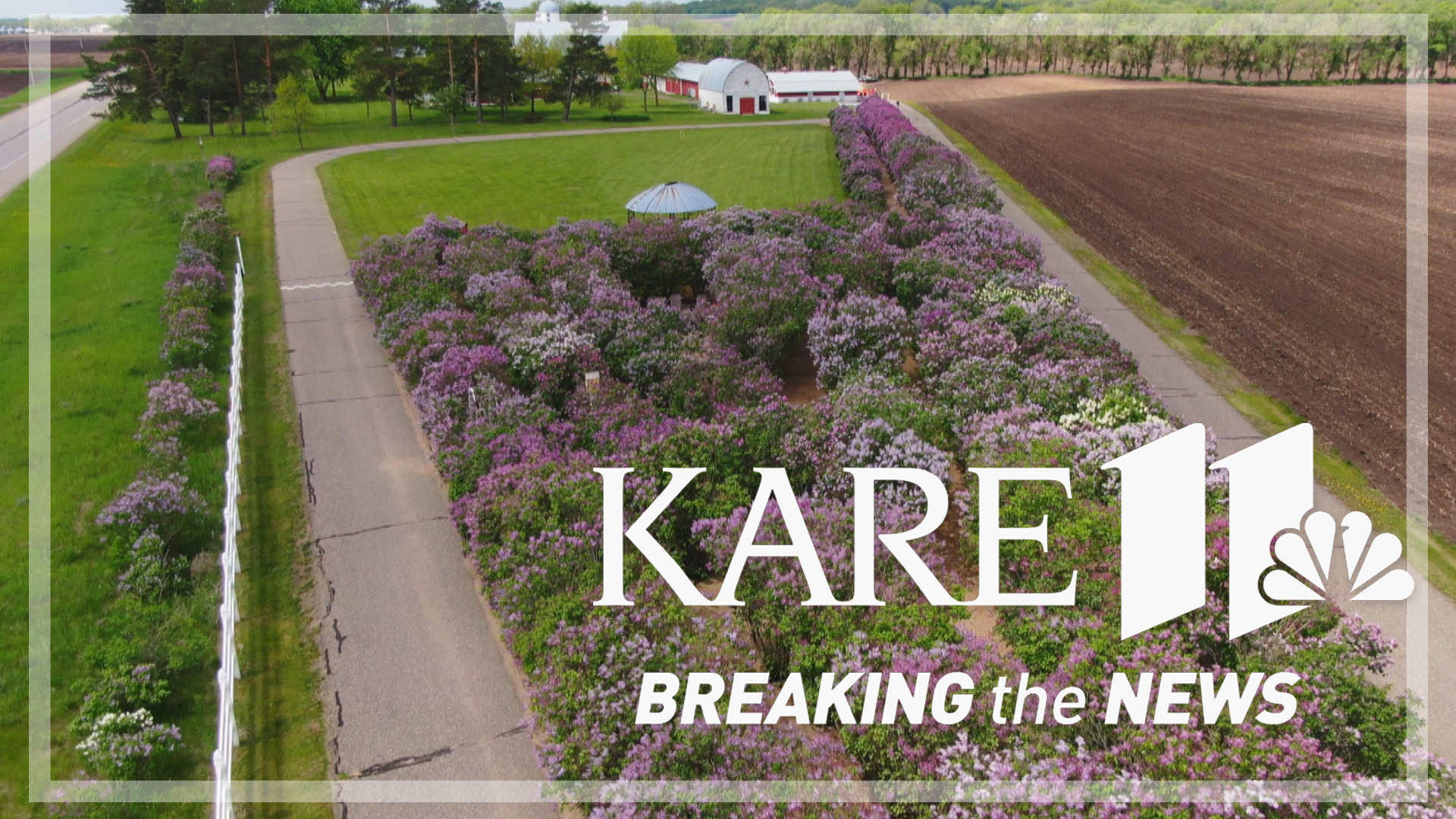MINNEAPOLIS — Freshwater Society is a nonprofit that educates people to value and protect water resources through various initiatives such as The Adopt A River program.
For the past 30 years, over 6,500,000 pounds of trash have been cleaned up with the help of more than 90,000 Adopt a River volunteers — that's 11,000 miles of shoreline picked up! Whether you choose to clean once or several times, your efforts go a long way.
When you pick up litter around a body of water, you are making the water safer for us and the wildlife who inhabit Minnesota shorelines — and your efforts extend beyond Minnesota! What is in our water here floats downstream to other states and eventually reaches the ocean. Organizing a cleanup will prevent pollution downstream.
ANYONE can organize a group and plan a cleanup event! The Adopt a River program will support you with the planning tools you need.
When should a cleanup be planned?
Anytime after the snow has melted.
Where to clean?
Consider a shoreline where you work, play or live. It doesn’t have to be a river— lakes, streams, and wetlands are great, too!
Who to invite?
Anybody you want! Cleanups are great for families, work teams, church or social groups, neighborhood groups, scouts or youth groups, and more.
Need help getting started?
Freshwater has an online toolkit with everything you need such as identifying a coordinator, selecting the site, date, and time, recruiting volunteers, preparing supplies, recording data, info on how to dispose of the litter, and more.
Want to do a clean-up that isn’t a shoreline?
That’s great, too! Our streets are an extension of our waterways. Most storm drains flow directly into lakes and rivers. That means everything we do on land affects our water. Check out Freshwater Society's cleanup page for info on other cleanups.
Adopt A River FAQ
What to do with the trash?
Contact city or county parks and recreation departments, public works departments, or city, county, or state highway departments.
Partner with community trash haulers (some of whom will donate part or all of the hauling charges).
Divide the trash among volunteers to be taken home and disposed of in their trash bins.
Raise money for a dumpster, or asked for the donation of a dumpster within their community.
Check your county office for disposal locations for items such as electronics, appliances, etc. They typically waive fees for public service projects like yours.
How do I calculate the total pounds removed?
Reporting accurate weights of collected trash is a foundation of the Adopt A River program. To estimate the weight of trash removed, follow these guidelines:
On average, a bag of trash weighs about 10 pounds.
A standard pickup truck load weighs about 480 pounds.
When filled, a small commercial dumpster weighs about 2,880 pounds.
A normal tire weighs about 20 pounds (40 pounds if still has its rim). A semi-truck tire weighs about 90 pounds (180 pounds with its rim).
How do I dispose of tires?
You cannot legally place tires in landfills in Minnesota. Tire piles must be disposed of properly because as they collect water, they pose a threat to public health and safety as mosquito breeding habitat. Businesses that may agree to take tires for recycling include tire retailers, automotive dealerships, junk yards, and mechanics. Some may charge a small fee for each tire delivered.
How do I dispose of batteries?
Batteries can leak lead-laced acid into our landfills and waterways, so it's critical to dispose of them properly! Please contact your local household hazardous waste disposal service to learn where to properly dispose of batteries in your area.
What do I do with any hazardous materials I've found?
If anyone comes across any of the following items, leave them where they are and contact local authorities.
Propane cylinders: Most propane cylinders have brass fittings, which will turn blue or bluish-green in the presence of ammonia, which is a common ingredient in a methamphetamine drug lab. This indicates a weak fitting, increasing the likelihood of it blowing apart. Some cylinders have been modified with different fittings so they don't turn blue, but they can be just as hazardous.
Bulging metal containers: When a sealed metal container like a 55-gallon steel drum bulges outward, it indicates a large amount of pressure has built up inside. This pressure could cause it to explode if handled improperly, depending on the contents. Report such items, but don't move them.
Containers with hazardous material labels: These labels tell about the specific type of threat posed by the items inside. Report such items, but don't move them.
To learn more ways to preserve and protect our freshwater resources please contact the Freshwater Society.
More local news from KARE 11
Watch more on our YouTube playlist:



